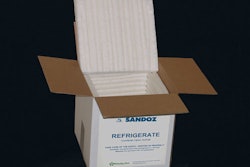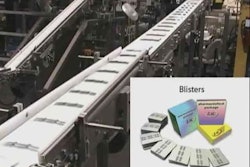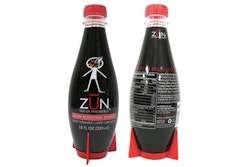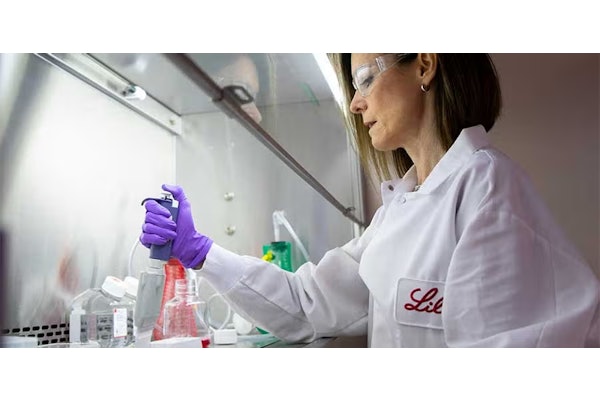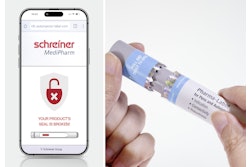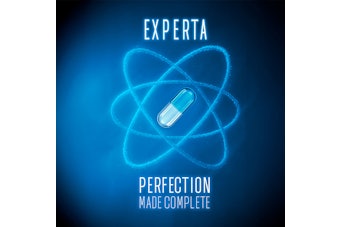Biodegradable foam protects Sandoz's shipments
Cornstarch-based foam within shipping coolers provides insulation properties and environmental benefits at a cost comparable to the EPS material it replaces.
Jul 7, 2010
List: Digitalization Companies From PACK EXPO
Looking for CPG-focused digital transformation solutions? Download our editor-curated list from PACK EXPO featuring top companies offering warehouse management, ERP, digital twin, and MES software with supply chain visibility and analytics capabilities—all tailored specifically for CPG operations.
Download Now
Have You Heard About our Podcasts?
Through the Line podcasts explore innovations and information across the packaging and processing landscape. Join us for the latest insights, trends, and strategies shaping packaging and processing today.
Listen Today
Downloads



